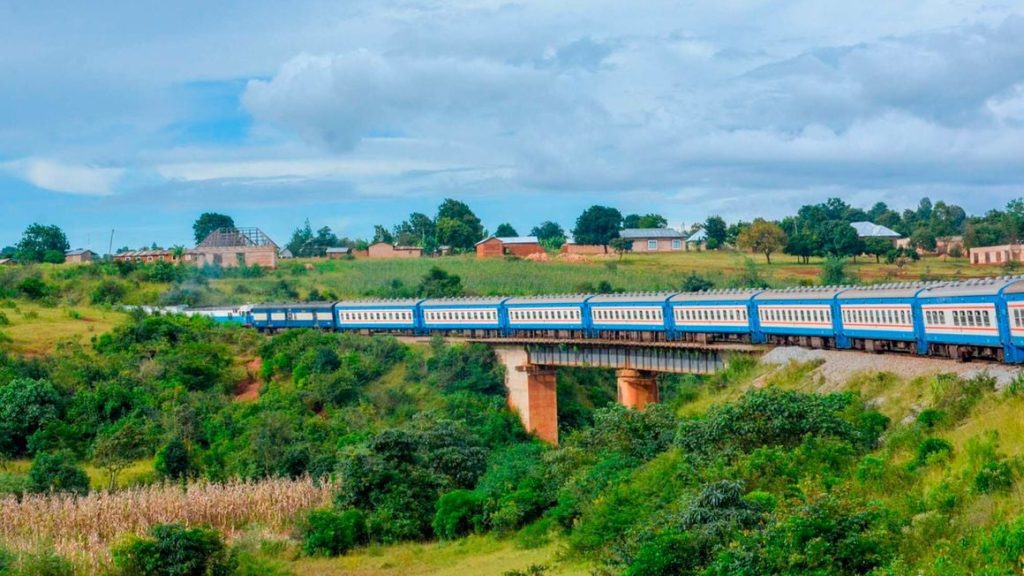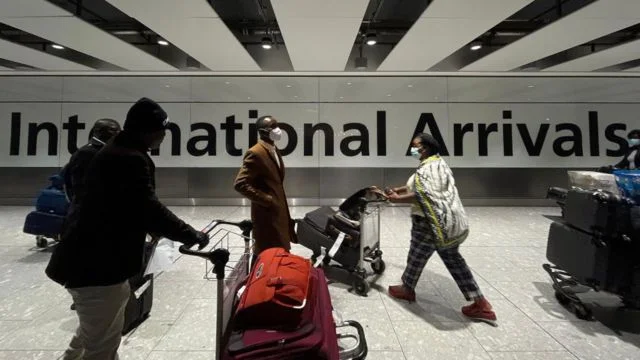The Lobito Corridor project, which aims to link four African countries, is now moving forward after the United States awarded a technical assistance grant for an environmental assessment study. This milestone comes on the heels of a completed feasibility study and a signed concession agreement for the construction of a 780-kilometer greenfield railway that will connect the Lobito rail line in Luacano, Angola, to Zambia’s existing rail network in Chingola.
The African Finance Corporation (AFC), leading the development of the Zambia-Lobito railway, signed the agreement with the governments of Zambia and Angola during the UN General Assembly in New York. The signing ceremony, attended by US Secretary of State Antony Blinken, marked another significant step for the project. During the event, the US Trade and Development Agency (USTDA) awarded a $2 million grant to the AFC for conducting an environmental and social impact assessment for the railway project.
In addition to advancing the railway, Blinken also announced the inclusion of Tanzania in the Lobito Corridor discussions. This expansion is designed to extend the project’s reach to the Indian Ocean, facilitating the transportation of nickel and other minerals from the region.
“The Lobito Corridor, which connects Angola, Zambia, and the Democratic Republic of Congo, is one of our largest projects,” Blinken remarked. “With Tanzania now joining the conversation, we’re looking at a corridor that could ultimately link the Atlantic and Indian Oceans.”
So far, the US and its partners have committed over $4 billion to projects related to the Lobito Corridor. According to USTDA Director Enoh T. Ebong, the project is expected to drive economic activity, increase trade, and boost the development of critical minerals, connecting Angola’s Port of Lobito with Zambia’s Copperbelt.























